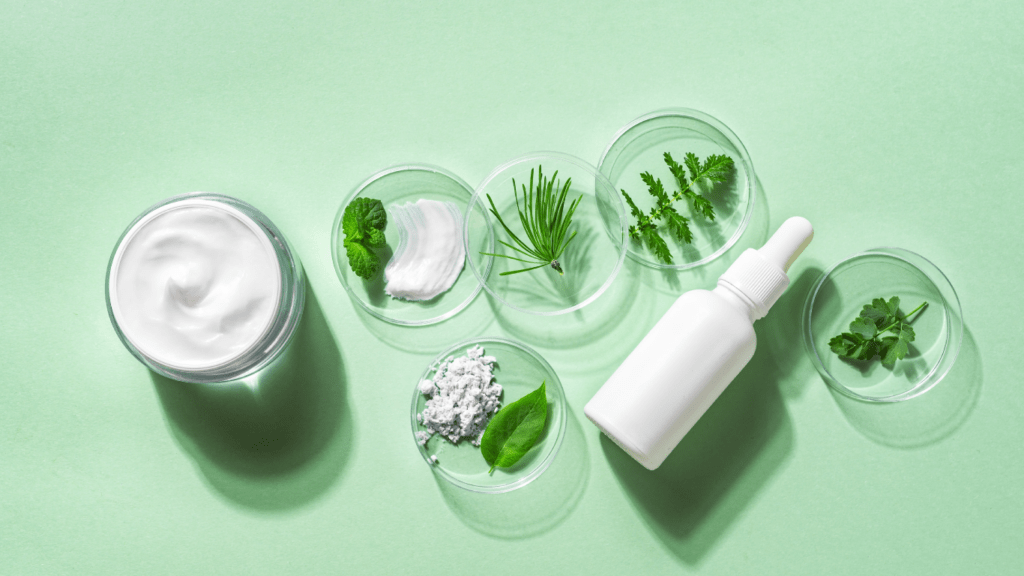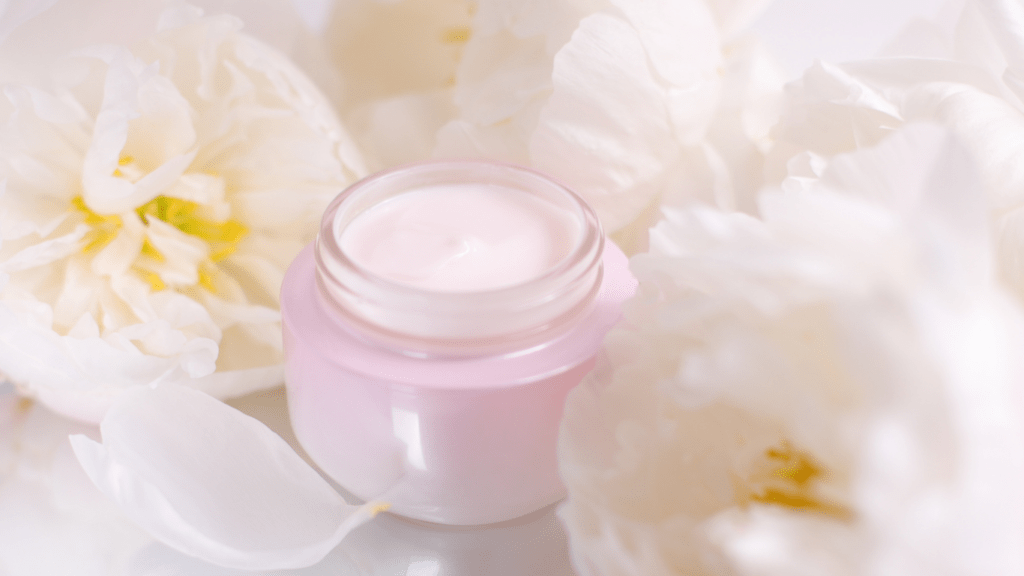Understanding the Labels: An Overview
Consumers often see “natural” and “organic” on beauty product labels. It’s crucial to grasp what these terms really signify for better decision-making.
Natural Products
Natural products often contain ingredients derived from plants, minerals, or animals. Companies may use minimal processing to preserve the natural state of these ingredients. However, the term “natural” isn’t regulated by the FDA, meaning companies can use it loosely. For example, a product labeled “natural” might still contain synthetic chemicals.
Organic Products
Organic products must meet specific standards set by certifying bodies such as USDA. Certified organic products contain a high percentage of ingredients grown without synthetic fertilizers, pesticides, or GMOs. These products must adhere to rigorous standards from cultivation to processing. For example, USDA-certified organic products must contain at least 95% organic ingredients.
Differences Between Natural and Organic
Organic products are subject to stricter regulations compared to natural products. While natural products may consist of minimally processed ingredients, organic products must comply with stringent agricultural and manufacturing practices. For instance, organic products exclude synthetic pesticides, unlike some natural products that might permit them.
Label Reading Tips
Understanding labels helps consumers choose products that align with their values. Look for certification logos like USDA Organic, which guarantee stringent adherence to organic farming and processing standards. Check ingredient lists for synthetic additives, especially in products labeled as natural.
Understanding these labels helps decipher the true content of beauty products and ensures alignment with personal preferences and health considerations.
Defining ‘Natural’ in Beauty Products
The term “natural” in beauty products often sparks curiosity about what’s truly in these items. Although it suggests a close-to-nature composition, the actual definition is more nuanced.
Characteristics of ‘Natural’ Ingredients
Natural ingredients in beauty products derive from plants, minerals, or animals. These ingredients undergo minimal processing to keep them as close to their original form as possible. Essential oils, aloe vera, and honey are common examples. However, just because something is natural doesn’t mean it’s chemical-free or devoid of preservatives; some natural preservatives include grapefruit seed extract and rosemary oil.
Common Misconceptions About ‘Natural’ Labels
Many consumers think “natural” means free from all synthetic chemicals, but that’s not always the case. The FDA doesn’t regulate the term “natural,” allowing some brands to add synthetic chemicals while still using the “natural” label. Another misconception is that natural products are always safer or better for skin; however, natural ingredients can still cause allergies or skin reactions in some individuals. To avoid these pitfalls, scrutinize ingredient lists and look for transparency about what goes into each product.
Decoding ‘Organic’ in Beauty Products
Consumers seeking genuine organic beauty products need clear information regarding the standards and benefits of these items. This section unpacks the certification standards and highlights the advantages of using organic beauty products.
Certification Standards and Regulations
Organic beauty products meet stringent standards set by certifying bodies like the USDA. These products must contain no less than 95% organic ingredients. This classification also restricts the use of harmful pesticides, synthetic fertilizers, and genetically modified organisms (GMOs). Certifying agencies, including Ecocert and Soil Association, require thorough documentation and regular inspections to ensure compliance. When consumers see certification logos, they trust the product meets established organic guidelines, ensuring authenticity and quality.
Benefits of Using ‘Organic’ Beauty Products

Organic beauty products offer significant benefits due to their high standard of ingredient purity. Using fewer synthetic chemicals reduces the risk of skin irritation and allergic reactions. Organic ingredients, like shea butter and coconut oil, often contain higher levels of beneficial nutrients, aiding in skin repair and hydration. Additionally, supporting organic products contributes to environmentally sustainable practices, promoting biodiversity and reducing pollution from synthetic chemicals. Ultimately, choosing organic beauty products aligns well with health-conscious and eco-friendly lifestyles.
Comparing ‘Natural’ vs. ‘Organic’
Understanding the differences between ‘natural’ and ‘organic’ labels in beauty products helps make informed choices. It’s essential to know what each term truly represents to align purchases with personal values and health goals.
Key Differences
Regulation and Certification:
- Natural: These products contain ingredients derived from nature, including plants and minerals. They are not regulated by the FDA. Manufacturers can label products as natural even if they contain synthetic chemicals.
- Organic: Products must meet strict standards set by certifying bodies like the USDA. They need at least 95% organic ingredients, free from harmful pesticides, synthetic fertilizers, and GMOs. Inspections and documentation ensure compliance.
Ingredient Quality:
- Natural: Includes minimally processed ingredients such as essential oils and clay. However, the presence of synthetic additives is possible.
- Organic: Ingredients are grown without synthetic pesticides or fertilizers. Organic items often contain higher levels of beneficial nutrients and antioxidants.
Environmental Impact:
- Natural: Production practices vary, and the environmental impact depends on individual companies.
- Organic: Promotes environmentally sustainable practices, supporting biodiversity and reducing pollution. Choosing organic means encouraging eco-friendly agricultural methods.
Safety and Efficacy:
- Natural: No guarantee of being free from synthetic chemicals. Potential for allergic reactions exists, though generally considered skin-friendly.
- Organic: Generally safer due to strict standards, reducing the risk of skin irritation and allergic reactions.
Assess Your Skin Type:
- Dry or sensitive skin may benefit more from organic products due to fewer synthetic irritants.
- Oily or combination skin can also benefit, but testing is essential to avoid potential breakouts.
Consider Your Values:
- If eco-friendliness is a priority, choose organic for its sustainable practices.
- Natural products may suffice if you prefer minimal processing but are less concerned about complete absence of synthetic chemicals.
Read Labels Carefully:
- Look for certification logos such as USDA Organic or Ecocert to ensure product authenticity.
- Check ingredient lists for unwanted synthetic additives, even in natural products.
Evaluate Cost and Availability:
- Organic products are often more expensive due to rigorous standards and certification processes.
- Natural products might be more accessible but vary widely in purity and quality.
Selecting the right products involves understanding these nuanced differences. Making informed choices aligns beauty routines with personal health, skin care needs, and environmental values.
Industry Trends and Consumer Preferences
Understanding industry trends and consumer preferences in beauty products helps inform better purchase decisions and supports brands in tailoring their offerings.
Market Analysis
The beauty market’s landscape continually evolves. In 2022, the global natural and organic beauty market reached $12 billion, reflecting consumers’ growing desire for clean and sustainable products [Reference: Statista]. I’m noticing a significant shift towards transparency in ingredient sourcing and product formulation. Brands are now more openly communicating their production processes and ingredient origins. Interest in non-toxic, cruelty-free, and eco-friendly products is rising, with 53% of consumers preferring beauty products labeled as natural or organic. This preference further pushes brands to adhere to higher standards and regulations.
Emerging Trends
Several emerging trends shape the natural and organic beauty market. Popular trends include personalization, where consumers seek products tailored to their specific needs. Customized skincare routines are gaining traction due to their ability to address individual skin issues more effectively. Additionally, the demand for multifunctional products is emerging, as consumers look to simplify their beauty routines. Products that offer combined benefits, such as moisturizing and anti-aging in one, are particularly appealing.
Sustainability remains a key trend. Brands are investing in eco-friendly packaging to attract environmentally conscious consumers. Biodegradable and refillable packaging options illustrate the commitment to reducing waste. Innovations in plant-based ingredients are also on the rise, with ingredients like bakuchiol gaining popularity as natural alternatives to synthetic compounds.
Conscious beauty consumers are driving the demand for transparency and ethics in sourcing and production. Active participation in certifications and adherence to strict guidelines resonates with these consumers, influencing their purchasing decisions.



